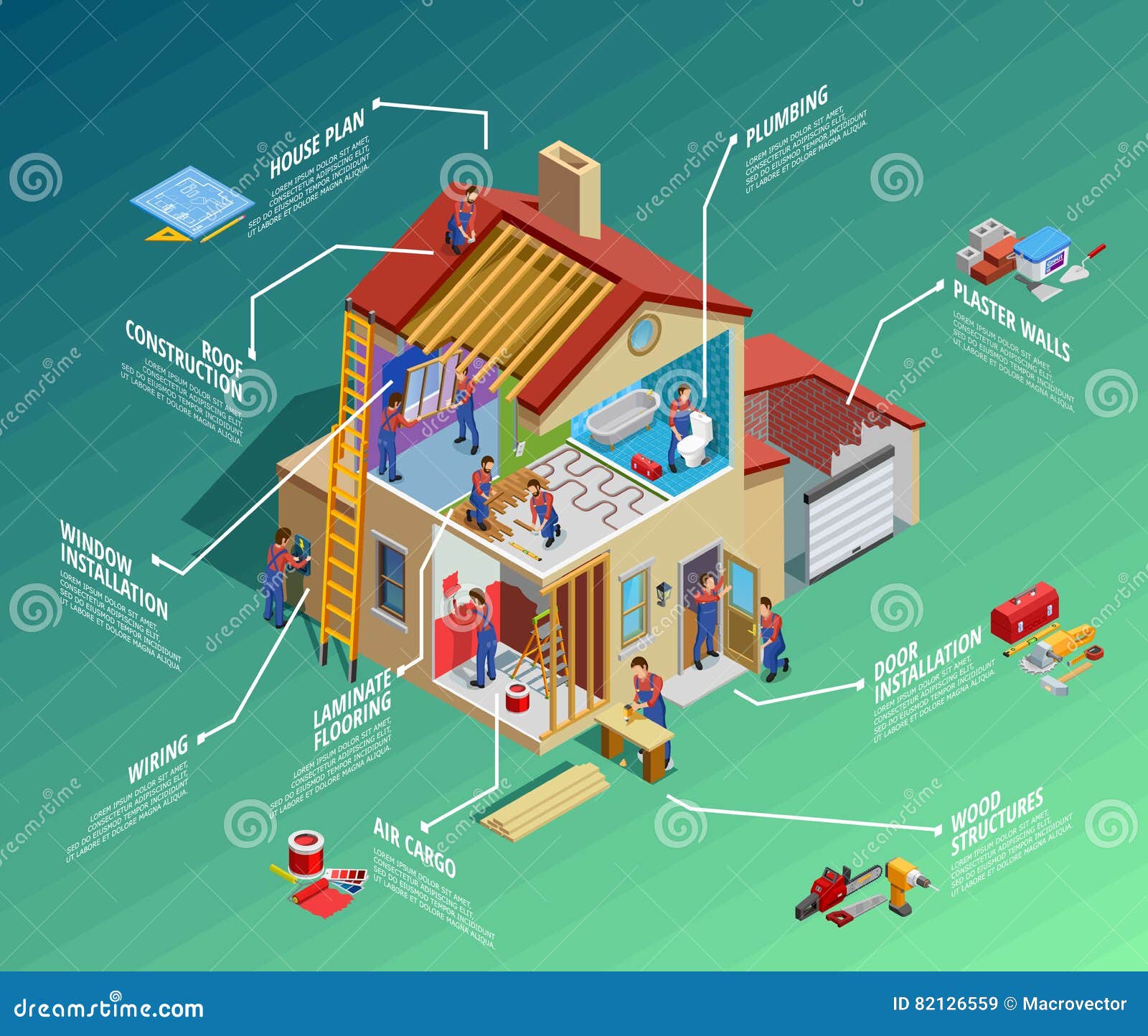An Intro To The Fundamentals Of Solar Power Equipments And Their Functionality
An Intro To The Fundamentals Of Solar Power Equipments And Their Functionality
Blog Article
Web Content Written By-Bigum Bach
So, you've read about solar panels and their potential to generate electrical power from sunshine, however just how specifically do they function? Understanding the elaborate modern technology behind photovoltaic panels can be an interesting trip right into the globe of renewable resource. From the fundamental concepts of photovoltaic cells to the elaborate elements that compose a solar panel system, there's an entire world of understanding waiting to be explored. Allow's unravel the mysteries of photovoltaic panel innovation together.
Solar Panel Technology Fundamentals
To truly understand the essence of photovoltaic panel innovation, you must look into the basic principles that underpin its performance. Solar panels consist of photovoltaic cells, normally made from silicon, which have the amazing capacity to transform sunshine right into power with the solar result. When sunshine hits the cells, the photons in the light interact with the silicon atoms, creating the electrons to damage without their atomic bonds. This creates an electrical current that can after that be used for powering various tools.
The crucial element of photovoltaic panels is the semiconductors within the solar batteries, which facilitate the conversion of sunlight right into useful power. These semiconductors have both favorable and negative layers, developing an electric area that permits the circulation of electrons.
This circulation of electrons, when connected in a circuit, generates straight existing (DC) electrical power. Understanding these basic principles is vital for valuing exactly how photovoltaic panels can harness the sunlight's power to power homes, companies, and even satellites in space.
Just How Solar Panels Generate Electrical Power
Solar panels harness the sun's power by converting sunshine into power with a procedure known as the photovoltaic result. When sunshine strikes the solar panels, the photons (light particles) are soaked up by the semiconducting products within the panels, generally made of silicon. This absorption generates an electric present as the photons knock electrons loosened from the atoms within the product.
The electric fields within the solar batteries after that require these electrons to flow in a particular direction, developing a direct present (DC) of electricity. This straight current is then gone through an inverter, which transforms it right into rotating current (A/C) electricity that can be used to power your home or organization.
Excess electricity generated by the photovoltaic panels can be saved in batteries for later usage or fed back into the grid for credit through a process called net metering. Understanding just how https://solar-panel-micro-inverte21975.mdkblog.com/35975762/learn-just-how-adopting-solar-setup-can-drive-sustainability-initiatives-cause-considerable-financial-savings-and-enhance-the-value-of-your-real-estate generate electrical power is critical to valuing the ecological and cost-saving advantages of solar energy systems.
Understanding Solar Panel Components
One crucial element of photovoltaic panel innovation is recognizing the numerous elements that comprise a photovoltaic panel system.
The crucial components of a solar panel system include the photovoltaic panels themselves, which are made up of solar batteries that transform sunlight into electrical power. These panels are mounted on a structure, frequently a roofing system, to catch sunshine.
In addition to the panels, there are inverters that convert the straight existing (DC) electricity produced by the panels right into rotating present (AIR CONDITIONER) electricity that can be used in homes or companies.
The system additionally includes racking to sustain and place the photovoltaic panels for ideal sunlight exposure. Additionally, cords and adapters are necessary for carrying the electrical power generated by the panels to the electric system of a building.
Finally, a monitoring system might be consisted of to track the performance of the photovoltaic panel system and guarantee it's functioning efficiently. Understanding these components is crucial for any person wanting to install or utilize solar panel modern technology effectively.
Final thought
Since you recognize the fundamentals of photovoltaic panel technology and how it works, you can value the power of harnessing sunlight to generate tidy and renewable resource for your building. By making solar home energy systems of the photovoltaic or pv effect and components like inverters and keeping an eye on systems, you can add to a much more sustainable future while additionally possibly reducing energy prices. Maintain learning and checking out the opportunities of solar energy for a greener tomorrow.
